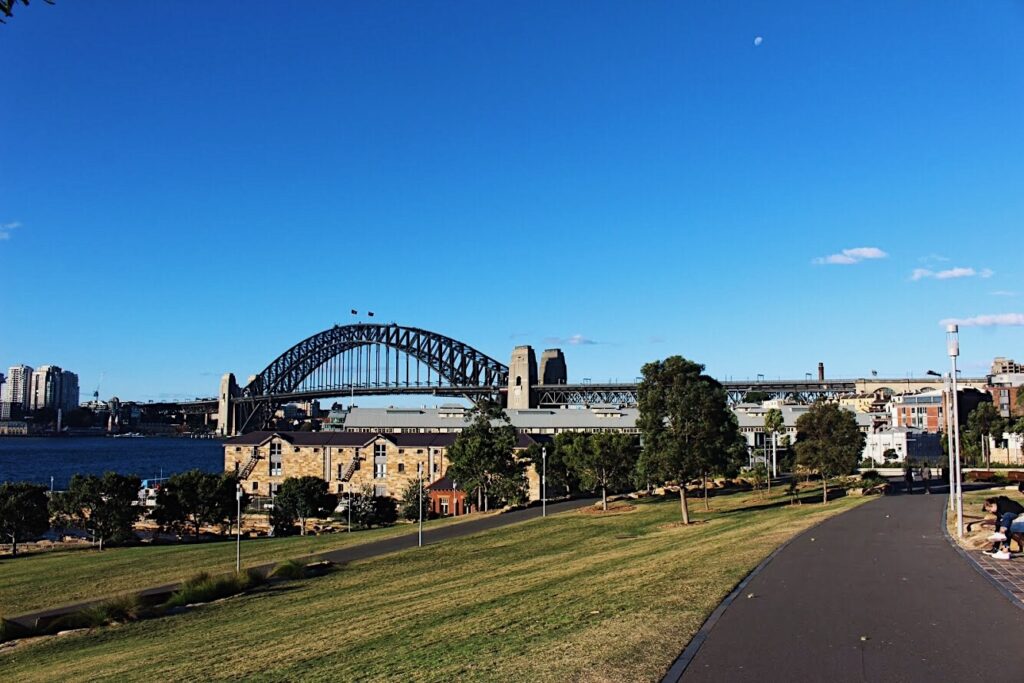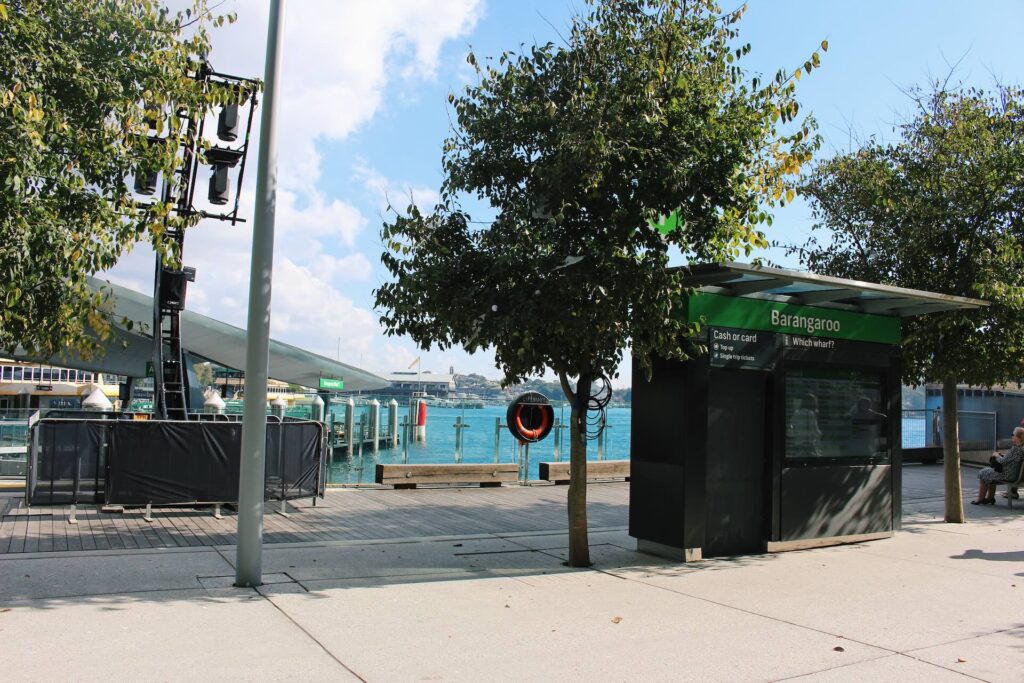The State significant development (SSD) process provides an alternate approval pathway for projects or sites that are considered to be of State significance.
At its core, the SSD process enables the assessment of significant projects at the State level, rather than at the local Council level. This ensures that not only local issues are considered during the assessment process, but broader economic, environmental and social issues of State significance are considered when determining the merit of the proposal.
What are the types of State significant development?
Under the Environmental Planning and Assessment Act 1979 (EP&A Act), development can be considered SSD in two ways: either through a declaration in a State Environmental Planning Policy (SEPP) or through a declaration in an order made by the Minister for Planning (the Minister).
The State Environmental Planning Policy (Planning Systems) 2021 outlines classes of development to be SSD based on their scale, nature and economic value. This can include:
- Mining and extraction operations
- Warehouses, distribution centres and data centres
- Social infrastructure such as education, health and correctional centres
- Transport infrastructure
- Cultural, recreation and tourist facilities
- Utility development such as electricity, water, sewerage and waste facilities
The SEPP also identifies development on sites with strategic planning significance to be SSD, such as Barangaroo, Darling Harbour, Sydney Olympic Park, the Sydney Opera House and Western Sydney Parklands.
How does the State significant development assessment process work?
All SSD projects require development consent from either the Independent Planning Commission or the Minister.
The SSD assessment process is comprehensive and involves extensive community participation under the EP&A Act. Despite the scale and impacts of SSD projects varying significantly, they must all undergo the same comprehensive assessment. Therefore, the level of community engagement and assessment required for an SSD project is proportionate to the project’s impact and scale.
The steps involved in obtaining State significant development approval are summarised below:
1. Secretary’s Environmental Assessment Requirements
Under the EP&A Act, all development applications (DA) for SSD projects are required to be submitted with an Environmental Impact Statement (EIS) to address the Secretary’s Environmental Assessment Requirements (SEARs) relevant to the project.
The SEARs outline the information required in the EIS, including community engagement and matters that need further assessment, which is proportionate to the scale and potential impacts of the project.
To apply for SEARs, the applicant is required to submit an application to the Department via the major projects website. The Department will then assess the application to confirm it is suitable for SSD, and if it is suitable, whether the project requires industry-specific SEARs or project-specific SEARs.
Project-specific SEARs
- The majority of SSD projects require project-specific SEARs, which are set by the Planning Secretary and are relevant to the specific circumstances of the project.
- For projects requiring project-specific SEARs, the applicant must also submit a scoping report to the Department via the major projects website when applying for SEARs. The Planning Secretary will issue the SEARs within 28 days after the application has been submitted.
Industry-specific SEARs
- Some projects may require industry-specific SEARs, which are tailored to the project’s specific industry and focus on key assessment matters that are common to the industry.
- For projects eligible for industry-specific SEARs, the Department will issue the relevant industry-specific SEARS within 7 days after the application has been submitted.
2. Preparation of an EIS
Once the SEARs have been issued, the applicant is required to prepare the EIS in accordance with the SEARs and the relevant requirements in the EP&A Regulation.
The purpose of the EIS is to assess the economic, environmental and social impacts of the project and to allow the community, councils, government agencies and consent authority to develop a better understanding of the project so they can make informed submissions or decisions based on the project’s merits.
Generally, preparing an EIS involves:
- Community engagement,
- Undertaking detailed technical studies to assess the impacts in accordance with relevant government legislation, plans, policies and guidelines, and
- Refining the design of the project to avoid or minimise any impacts.
The EIS needs to be prepared to a high standard and include a declaration of completeness, accuracy, quality and clarity of the information in the EIS from a registered environmental assessment practitioner (REAP).
Before the EIS can go on public exhibition, the Department will conduct a high-level check of the EIS, including reviewing the REAP’s required declaration.
3. Exhibition of an EIS
Community engagement plays an important role in assessing SSD projects, by helping to create improved project design, ecologically sustainable development, and reduce environmental impacts.
All DAs are exhibited for at least 28 days and following the submission of the DA, the Department will publish the DA and EIS on the major projects website and give public notice of the exhibition in accordance with the EP&A Regulation requirements.
During the exhibition period, anyone can make a submission on the DA through the NSW planning portal. If required, the Department may hold a community information session during the exhibition period to clarify how the SSD project is assessed based on its merits and to develop a better understanding of community views on the project.


Pictured: Development on sites with strategic planning significance, including Barangaroo, are considered SSD.
4. Responding to submissions
Following the EIS exhibition period, the Department publishes all submissions made on the major projects website and asks the applicant to respond to any issues raised in the submissions. This ensures that the applicant can provide feedback for the community to review and allows the consent authority to evaluate the merits of the project.
The applicant is required to submit a submissions report to the Department on the major projects website, which documents its response to the submissions made by the community and identifies any amendments to the application because of the submissions.
5. Amending the DA
Under the EP&A Regulation, an applicant may amend or vary the DA for an SSD project before it is determined – given the amendment is agreed upon by the Planning Secretary.
An amendment is only required if the applicant is looking to change what it is seeking consent for, or if the project description in the EIS requires amending. Generally, an amendment may be required to improve the design of the project, respond to issues outlined in community submissions or advice provided by government agencies, or to further mitigate any impacts of the project.
If an amendment is required to address advice or issues raised in submissions, the applicant needs to submit the amendment report with the submissions report to the Department to be shared on the major projects website.
The Department will then assess the application and consider if the report needs to be publicly exhibited, based on whether there is a material environmental impact beyond what was expected in the initial project proposal.
6. Assessment of the DA
Once the submission report has been published, the Department will assess the merits of the project in accordance with relevant Government legislation, plans, policies and guidelines.
Throughout the assessment process, the Department may require the applicant to submit additional information to address any outstanding issues. The Department will then summarise its detailed findings in a whole-of-government assessment report published on the major projects website, before passing the project to the consent authority for its determination.
7. Determination of the DA
In most cases, the Minister (or delegate) will act as the consent authority to determine the DA, however in some instances, the Independent Planning Commission can also determine the DA.
When determining the DA, the consent authority is required to evaluate the merits of the project as a whole based on:
- Relevant Acts and Regulations,
- The provisions of any existing or draft environmental planning instrument, planning agreement, prescribed matters in the EP&A Regulation and any coastal management program,
- The suitability of the site for the development,
- The likely environmental, social and economic impacts of the development,
- Any submissions made during the exhibition period, and
- The public interest.
Once the DA has been determined, the Department will publish the decision on the major projects website, notify everyone who made a submission, and publish a notice outlining the reasons for the decision.
8. The next steps post-approval
Following approval, the applicant is required to comply with the conditions of the development consent for the project.
As outlined in the conditions of development consent, applicants are generally required to address several matters before starting any development on the site or during the implementation of the project. The assessment of all post-approval requirements is coordinated by the Department alongside relevant government agencies via the major projects website.
In some cases, ‘consistent approvals’ or ‘other approvals’ may also be required before the applicant can carry out the project. The applicant must apply with both the conditions of these approvals and the conditions of the development consent.
As the project progresses, the Department is responsible for checking compliance with the conditions of any SSD development consent and other approvals, alongside ensuring regular compliance activities are properly coordinated.
How can Barker Ryan Stewart assist?
Our experienced team has a comprehensive understanding of State significant developments and can assist you throughout the entirety of the SSD process. The services we can provide include:
- Town planning services
- Preparing Environmental Impact Statements
- Civil engineering services
- Traffic engineering services
- Surveying services
- Project management services
- Preparing CPTED (Crime Prevention through Environmental Design)
- Preparing Waste Management Plans
- Preparing Construction Management Plans
- Acting as the Principal Certifier in the certification of large-scale subdivisions approved under the SSD process
If you have any questions about the SSD process or how we can assist with your next development, please don’t hesitate to contact us.
